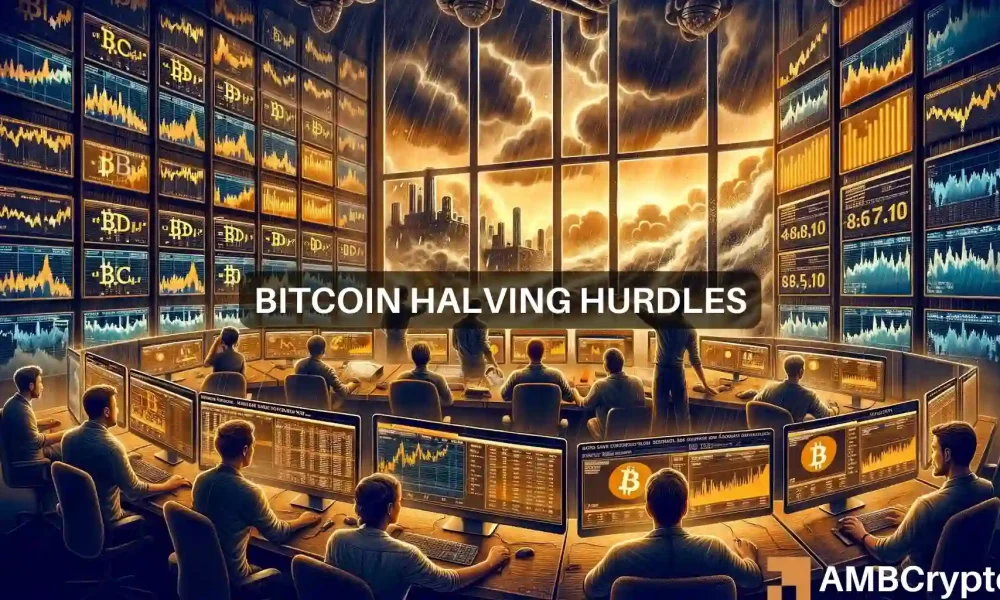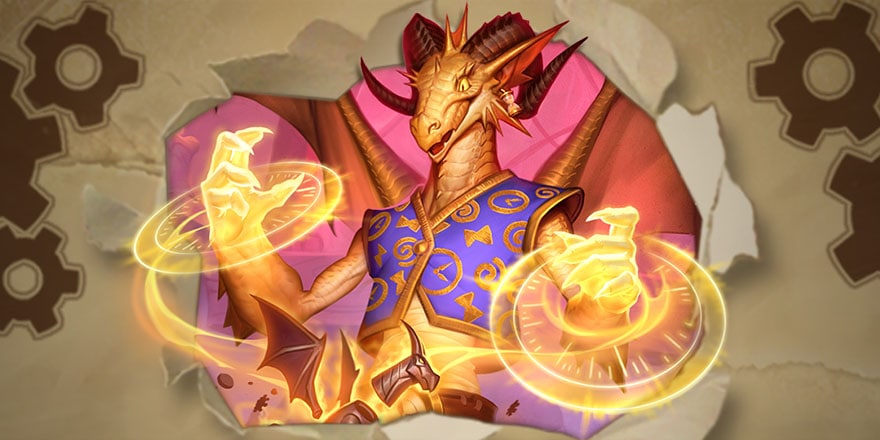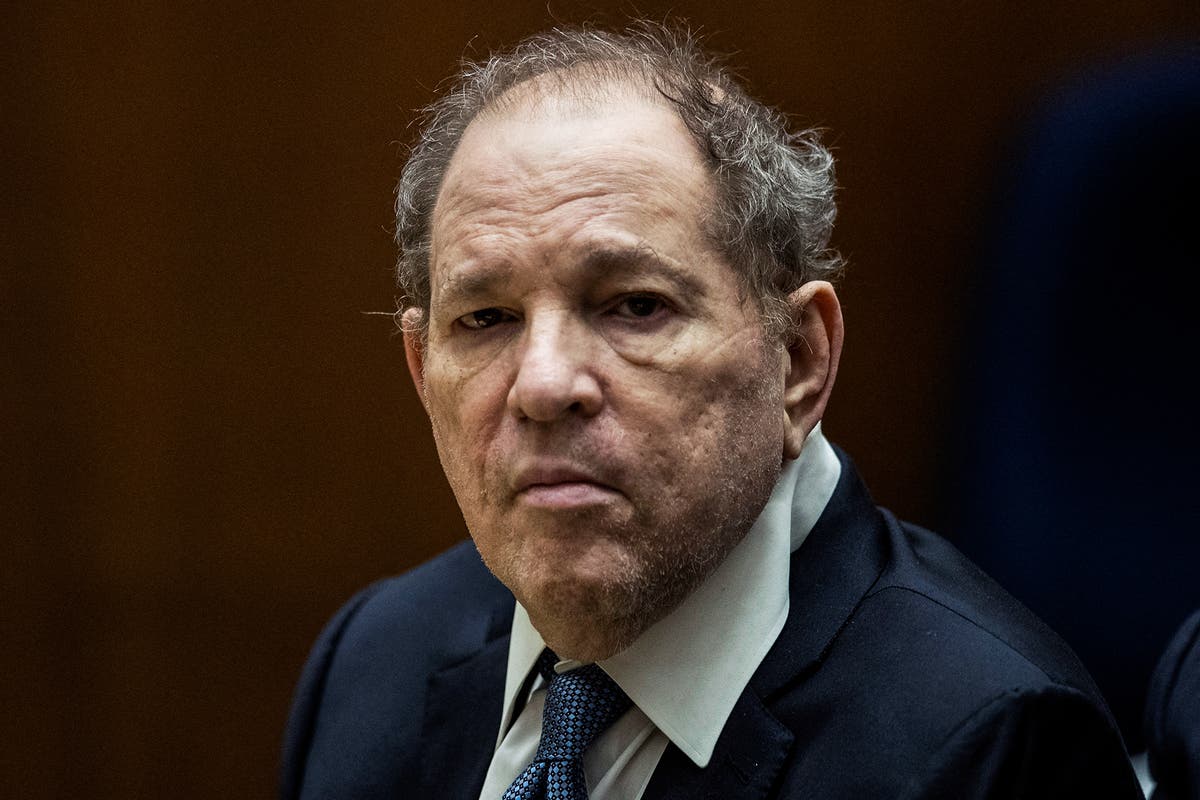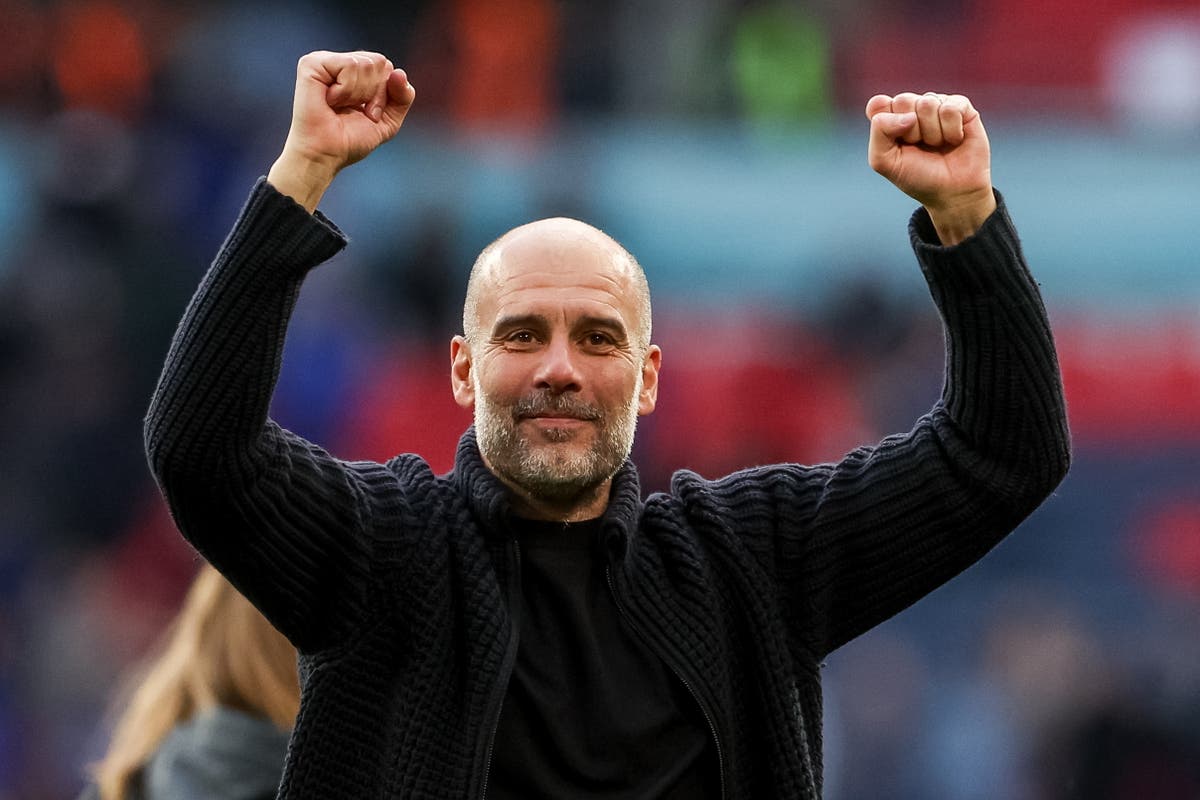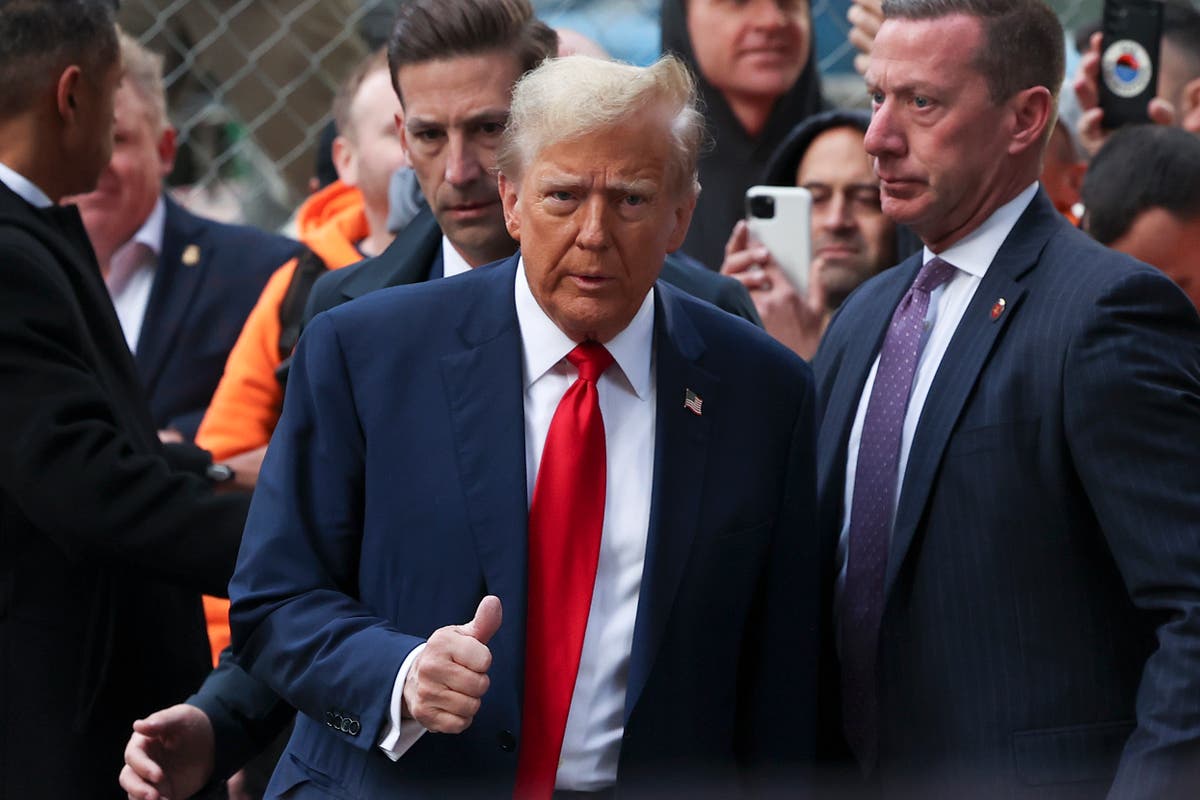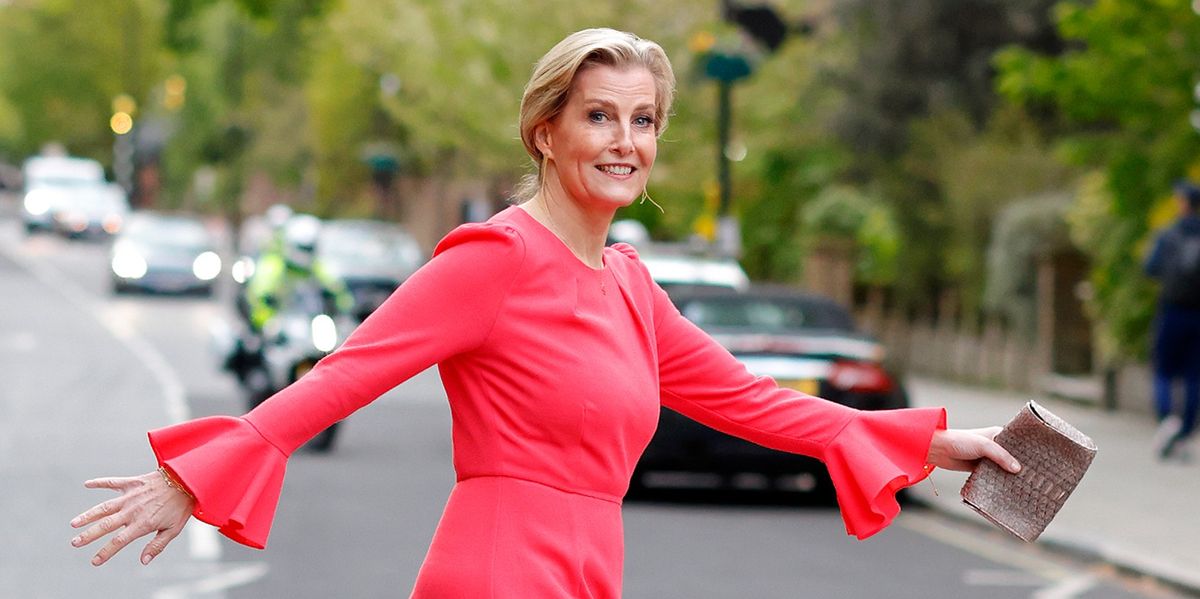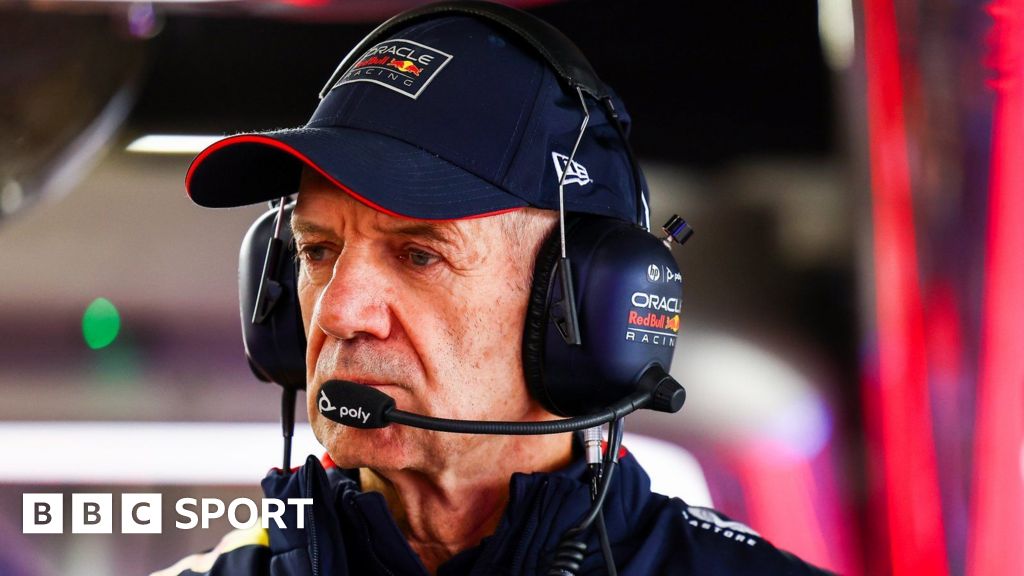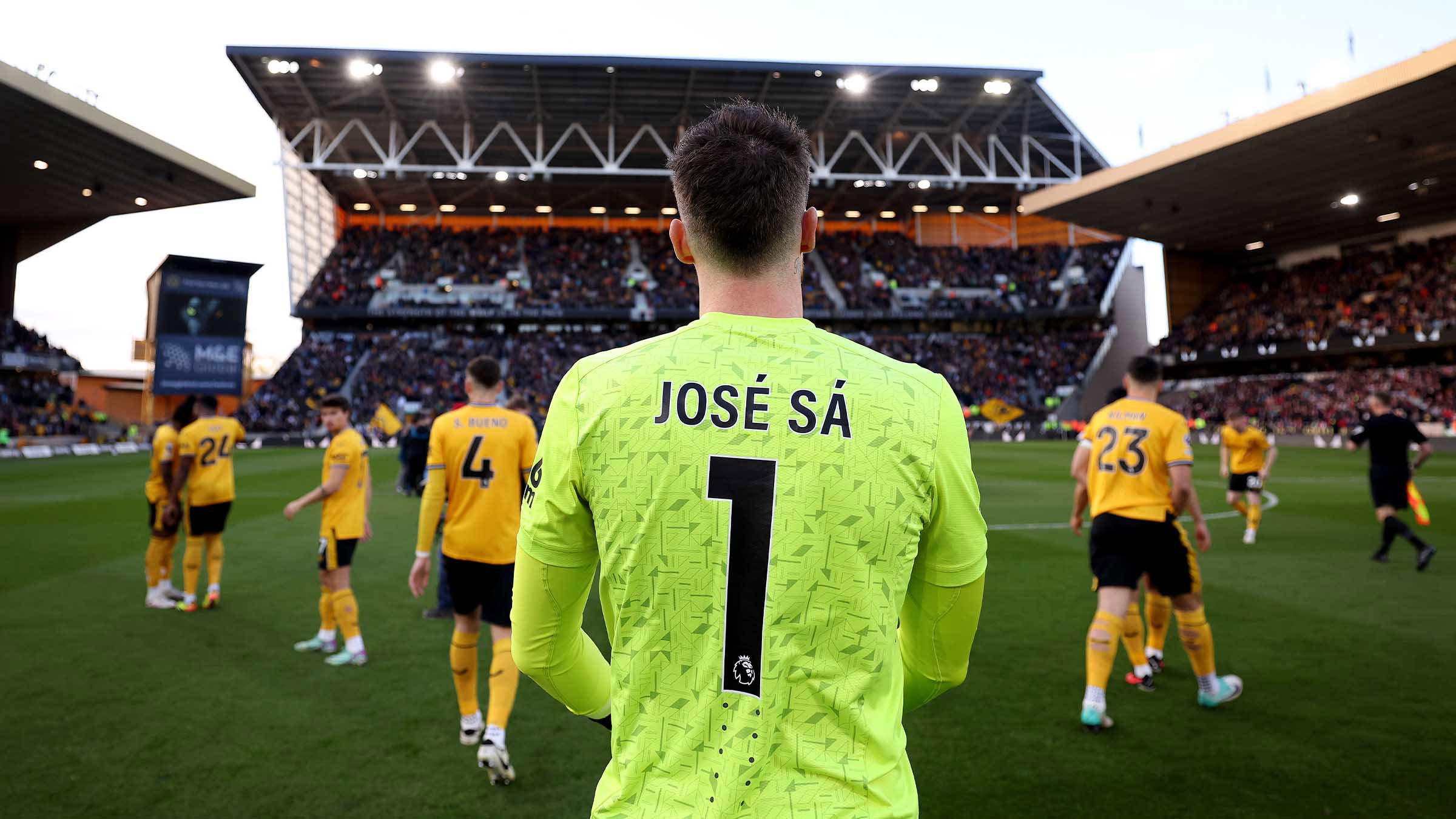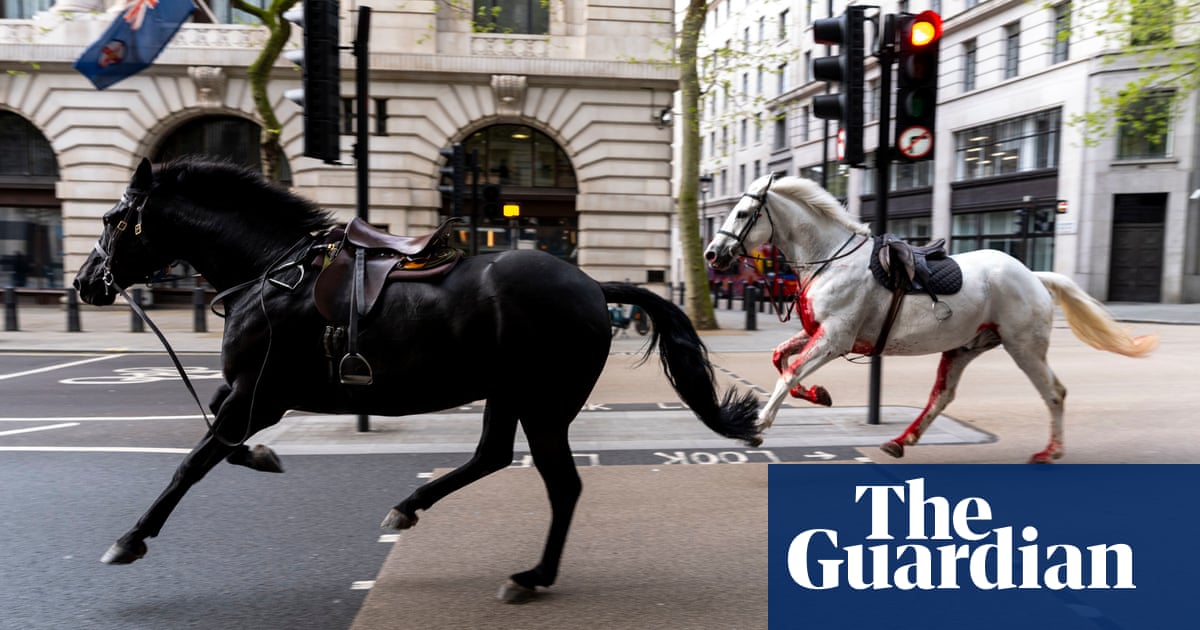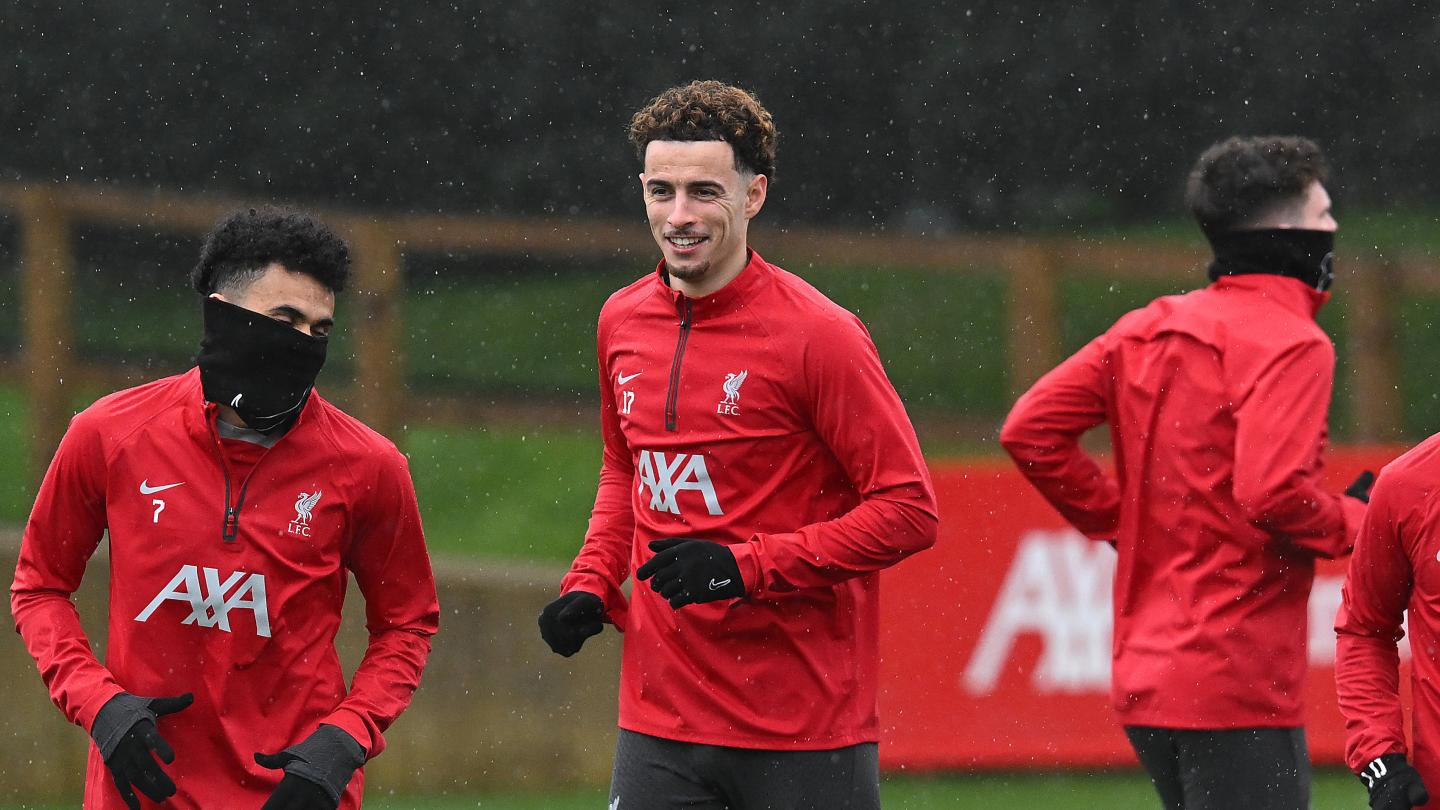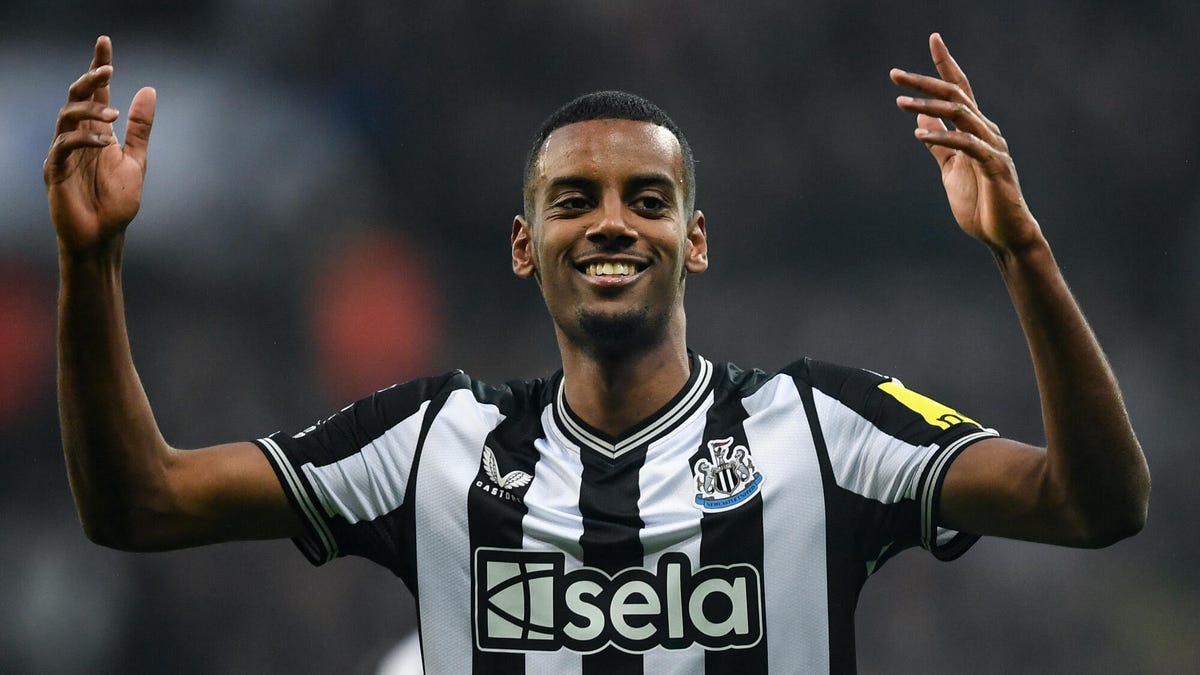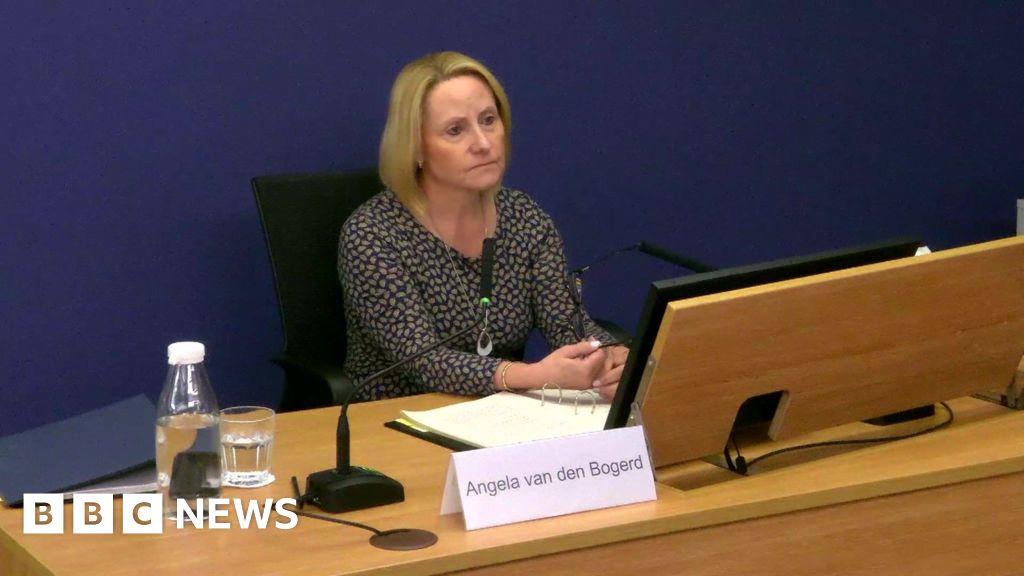
U.K.
Post Office executive denies cover-up over Horizon back door
First-Of-Its-Kind Image Shows Single Lithium Atoms Turning Into Quantum Waves
Science
Particles and waves are one and the same in our universe. This challenge to the expected binary is everywhere, but it becomes …
It’s a viral-sensation oat smoothie that costs pennies to make and promises to help you lose 40lb in two months. Now our experts put so-called OAT-zempic to the test…
Health
Unless you’ve been living on a desert island, you will have heard of Ozempic, the weight-loss drug hailed as the holy grail …
Shoplifting hits record high in England and Wales
U.K.
By Eleanor Lawrie Social affairs reporter, BBC News 25 April 2024, 12:34 BST Updated 19 minutes ago Image source, Getty Images Shoplifting …
Trump hush money trial live updates: David Pecker to resume testimony on ‘catch-and-kill’ payouts
World
Donald Trump meets New Yorkers before resuming hush money trial Sign up for the daily Inside Washington email for exclusive US coverage …
Vacation chaos as major airline axes flights to four airports and fires 2,000 employees in major shake-up
Business
Southwest Airlines flights to Cozumel, Syracuse, Bellingham and Houston cut Cuts down to delays in Boeing delivery after a year of aviation …
New mother asks if she can change her baby daughter’s name because she’s worried it sounds like ‘cigarette’
Technology
A new mother has asked if she should change her baby daughter’s name because she’s worried it sounds like ‘cigarette’. The worried …
Duchess of Edinburgh stops traffic at iconic British landmark wearing scarlet dress
Entertainment
The Duchess of Edinburgh stopped traffic at an iconic British landmark wearing a scarlet dress. Sophie stepped out on Abbey Road on …
Adrian Newey: Red Bull design chief to leave over Christian Horner allegations
Sports
Image source, Getty Images Image caption, Chief technical officer Adrian Newey has led the design of Red Bull’s championship-winning cars Article information …


